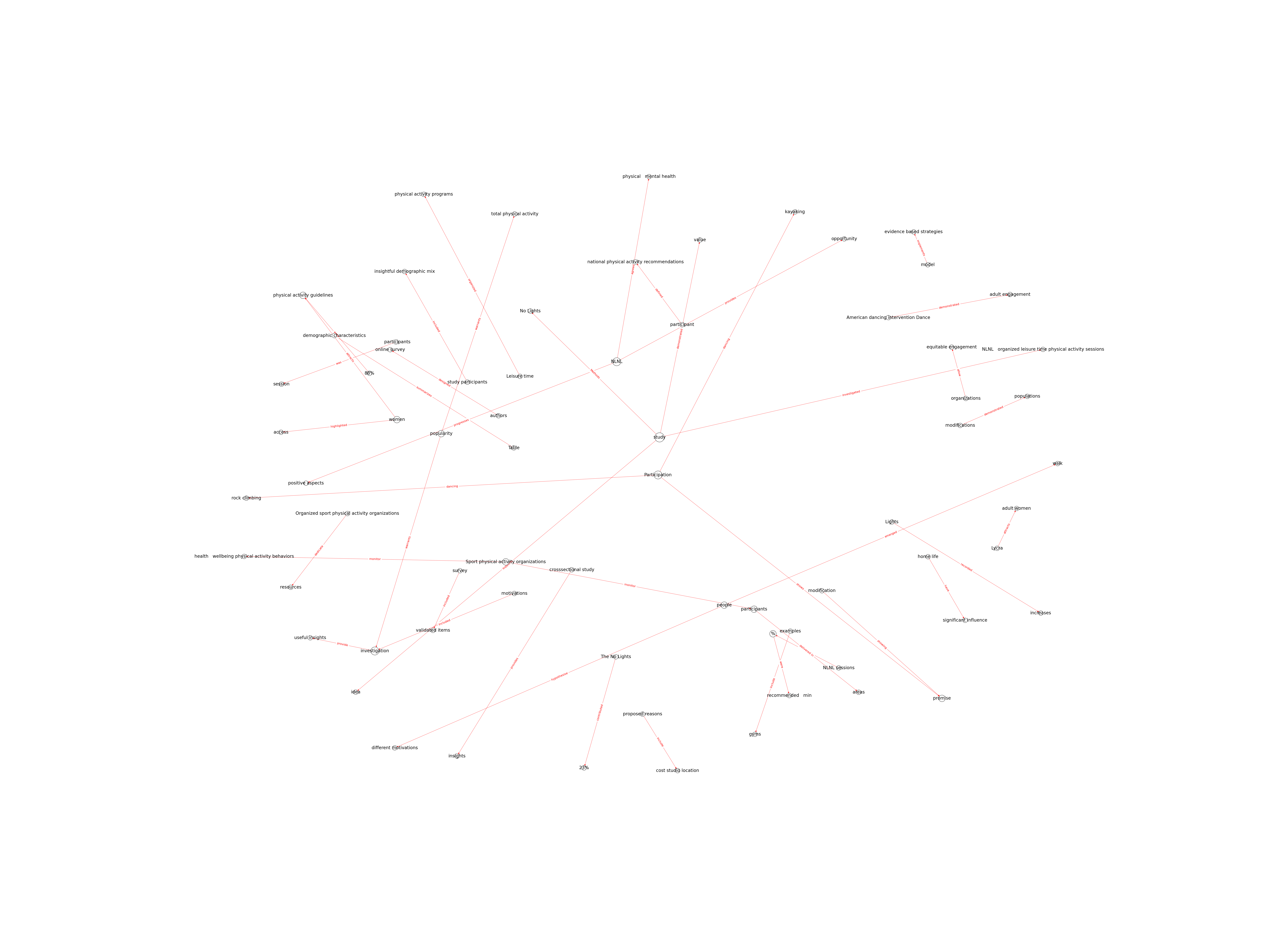| Id | 650 | |
| Author | Foley B.C., Vassallo A.J., Reece L.J. | |
| Title | Lights out, lets dance! An investigation into participation in No Lights, No Lycra and its association with health and wellbeing | |
| Reference | Foley B.C., Vassallo A.J., Reece L.J.; Lights out, lets dance! An investigation into participation in No Lights, No Lycra and its association with health and wellbeing ;BMC Sports Science, Medicine and Rehabilitation vol:11 issue: 1 page: |
|
| Keywords | Dance; Health-enhancing physical activity promotion; Implementation; Organized sports setting; Participation; Sporting program; Women |
|
| Link to article | https://www.scopus.com/inward/record.uri?eid=2-s2.0-85069895420&doi=10.1186%2fs13102-019-0123-y&partnerID=40&md5=c3904dc3cea4ef1c880c6ed78ec39c4c |
|
| Abstract | Background: Organized, leisure time physical activities are an important part of a population approach to increase total physical activity participation. Dancing is a type of organized leisure time activity which may be utilized to enhance public health. Individuals commonly participate in dance during childhood however few maintain participation into adulthood, dropping out of the activity while young. This study aimed to investigate who participates in an emerging dance activity, No Lights, No Lycra, which encourages people to participate in free-form dancing in the dark for 60 min designed as an inclusive, nonjudgmental, drug and alcohol-free community setting. This version of dance provides a modified opportunity for organized leisure time physical activity. No Lights, No Lycra has recorded increases in attendance at their events over the past decade. This popularity warrants an investigation into participants demographic characteristics, their total physical activity, as well as their motivations for dancing in the dark and any impacts on health and wellbeing. Methods: This study invited No Lights, No Lycra participants from across Australia to complete a cross-sectional, self-report online survey. Participants were recruited while attending an organized session or through social media channels. The descriptive data provided through survey responses were analyzed using IBM SPSS Statistics. Results: Participants (n = 1190, 92% Female) reported their main reason for dancing in the dark was to have fun. Most participants were insufficiently active, with 88% of responders not meeting physical activity guidelines. The No Lights, No Lycra dance sessions contributed 23% of their total annual participation in organized physical activities. Conclusion: No Lights, No Lycra attracts adult women, rather than the typical dance participants-children; These women did not meet physical activity guidelines and typically had low levels of engagement in organized physical activity. Participation in No Lights, No Lycra, shows promise to increase womens physical activity. This study into No Lights, No Lycra demonstrates how dance can be modified to engage a relatively inactive portion of the community. More should be done to understand how modifications to organized sport and physical activities can motivate and maintain engagement of typically inactive people. © 2019 The Author(s). |
|
| Metodology | Technique |

Note: Due to lack of computing power, results have been previously created and saved in database


